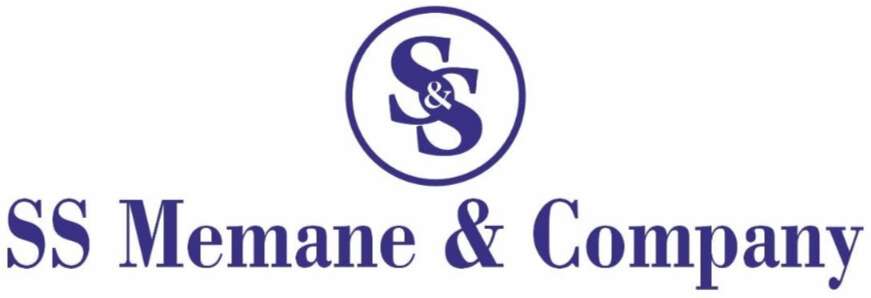ROC Annual Return
Quick Contact
Documents Required
- PAN Details
- Invoice Details
- Bank Statements
- Previous Returns
ROC Annual Return
ROC Annual Return is a mandatory filing requirement for companies and Limited Liability Partnerships (LLPs) in India. It involves submitting a comprehensive report of the company’s financial performance and other essential details to the Registrar of Companies (ROC) annually. This ensures regulatory compliance and provides transparency to stakeholders.
Key Aspects of ROC Annual Return
1. Overview:
- Purpose: To provide a detailed account of the company’s financial status, shareholding pattern, and compliance with statutory requirements.
- Legal Requirement: Mandatory for all companies and LLPs under the Companies Act, 2013 for companies and the Limited Liability Partnership Act, 2008 for LLPs.
2. Frequency:
- Company: Filed annually, typically within 60 days from the date of the Annual General Meeting (AGM).
- LLP: Filed annually within 30 days from the end of the financial year.
Documents Required
For Companies:
- Financial Statements: Balance sheet, profit and loss account, cash flow statement.
- Shareholding Details: List of shareholders and their shareholding pattern.
- Director Details: Information about directors and key managerial personnel.
- AGM Minutes: Minutes of the Annual General Meeting.
- Proof of Payment: Receipt of fees paid for filing.
2. For LLPs:
Financial Statements: Balance sheet, profit and loss account.
Partner Details: List of partners and their contributions.
Annual Return Details: Information about the LLP’s operations and compliance.
Proof of Payment: Receipt of fees paid for filing.
Process for Filing ROC Annual Return
1. Preparation:
- Compile Financial Statements: Prepare balance sheet, profit and loss account, and cash flow statement.
- Update Shareholding Pattern: Record details of shareholders, directors, and key managerial personnel.
- Verify Compliance: Ensure compliance with all statutory requirements, including the payment of fees and submission of other forms.
2. Form Selection:
For Companies:
- Form MGT-7: Used for filing the annual return for a company.
- Form AOC-4: Used for filing financial statements along with the annual return.
For LLPs:
- Form 11: Annual return for an LLP.
- Form 8: Filing of financial statements and other details.
3. Filing Process:
- Login to MCA Portal: Access the Ministry of Corporate Affairs (MCA) portal.
- Select the Appropriate Form: Choose the relevant form (MGT-7, AOC-4, Form 11, Form 8) for filing.
- Fill in Details: Enter details such as financial statements, shareholding pattern, and director information.
- Upload Documents: Attach supporting documents and financial statements.
- Pay Fees: Pay the prescribed fee for the filing.
- Submit Form: Submit the completed form electronically.
- Obtain Acknowledgment: Download the acknowledgment receipt for your records.
4. Verification:
Review: Ensure that all information is accurate and complete before submission.
Revisions: File revised returns if any discrepancies are identified.
Advantages
**1. Regulatory Compliance: Ensures adherence to the Companies Act or LLP Act requirements.
Transparency: Provides transparency about the company’s financial health and operations.
Investor Confidence: Builds trust and confidence among investors, stakeholders, and financial institutions.
Avoid Penalties: Helps avoid penalties and legal consequences for non-compliance.
Corporate Governance: Supports good corporate governance practices by maintaining up-to-date records.
Disadvantages
**1. Administrative Burden: Involves considerable administrative effort and time for preparation and filing.
Cost: May incur costs for professional services and filing fees.
Complexity: The process can be complex, requiring accurate information and adherence to regulations.
Potential Penalties: Errors or delays in filing can result in penalties and interest.
- Copyright 2024 © SS Memane || Designed By || Mr. Sunil Memane


